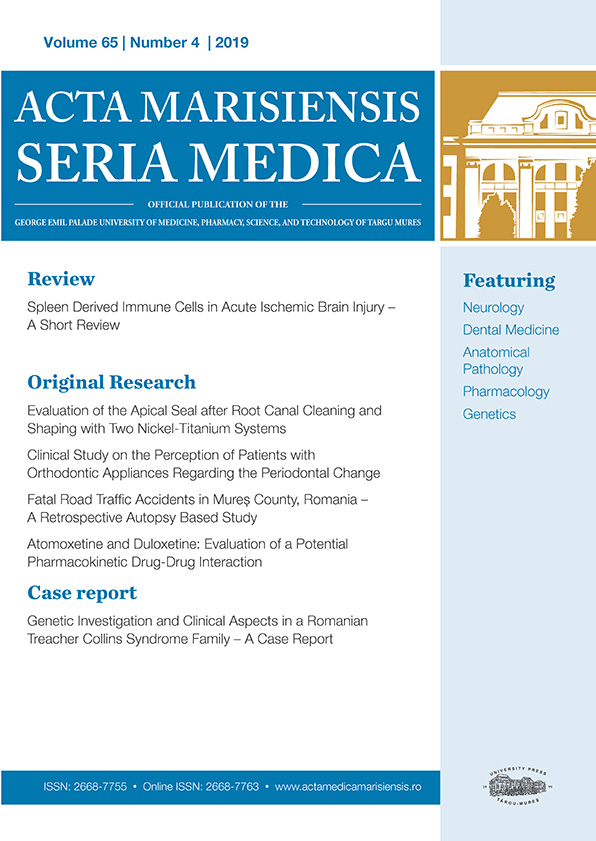Preliminary Study to Obtain Some Fluoroquinolone-Tetracycline Hybrids
Abstract
Objective: This paper aimed to synthesize hybrids of fluoroquinolones with tetracycline class representatives and conduct their preliminary characterization.
Methods: A reaction between tetracycline representatives (doxycycline, tetracycline), formaldehyde (acting as a molecular connector) and fluoroquinolone representatives (ciprofloxacin, moxifloxacin, and norfloxacin) was attempted through a classical reflux synthesis with an electrical heating source (heating mantles) and a microwave-assisted reflux synthesis. One synthesis group also used cupric chloride dihydrate as a catalyst. The samples were analyzed using Differential Scanning Calorimetry, Electrospray Ionization Mass Spectrometry, or High-Performance Liquid Chromatography.
Results: The results indicated the formation of a compound different from the parent components in the case of doxycycline-norfloxacin and possibly tetracycline-norfloxacin hybrids.
Conclusions: Both synthesis methods yielded similar results. The influence of the catalyst did not seem to have been significant. The synthesis method is simple and one-step, using non-toxic solvents. Future studies involving molecular docking and microbiology could be employed to explore further the mechanism of action and the microbiological effects of the hybrids.
Copyright (c) 2024 Ioana Andreea Lungu, Lénárd Farczádi, Zoltán István Szabó, Șerban Andrei Gâz, Octavia Laura Moldovan, Aura Rusu

This work is licensed under a Creative Commons Attribution 4.0 International License.









